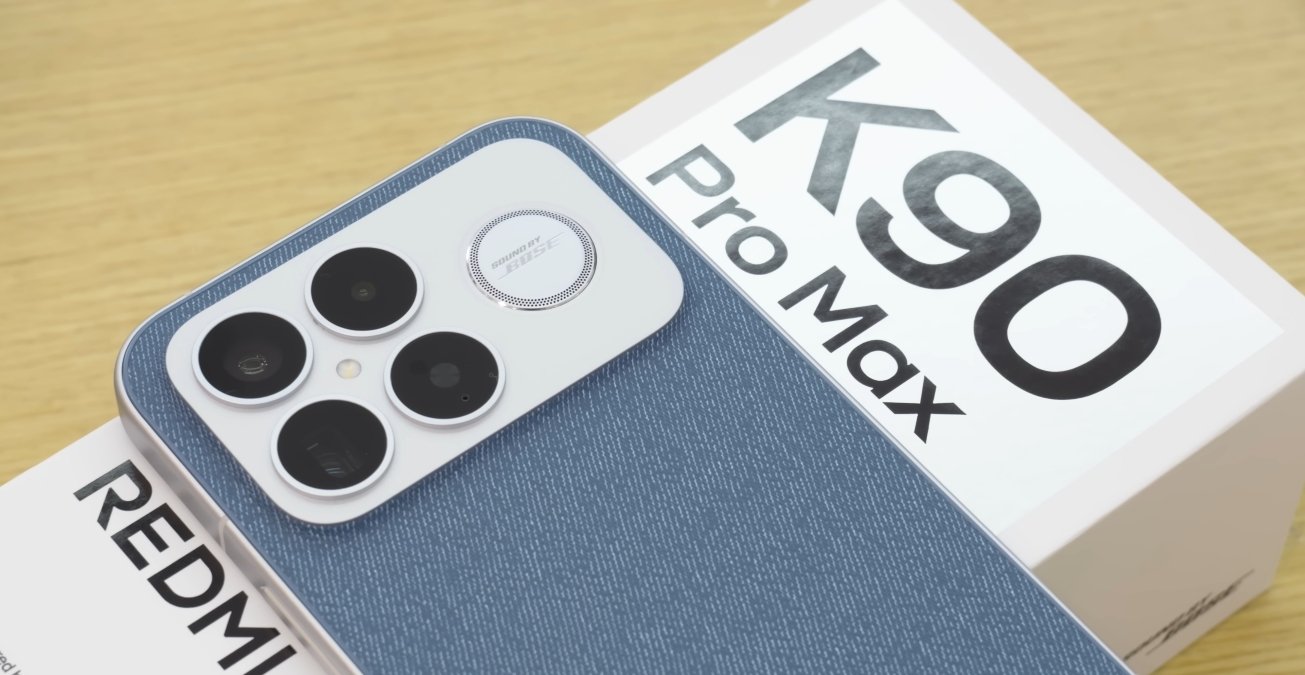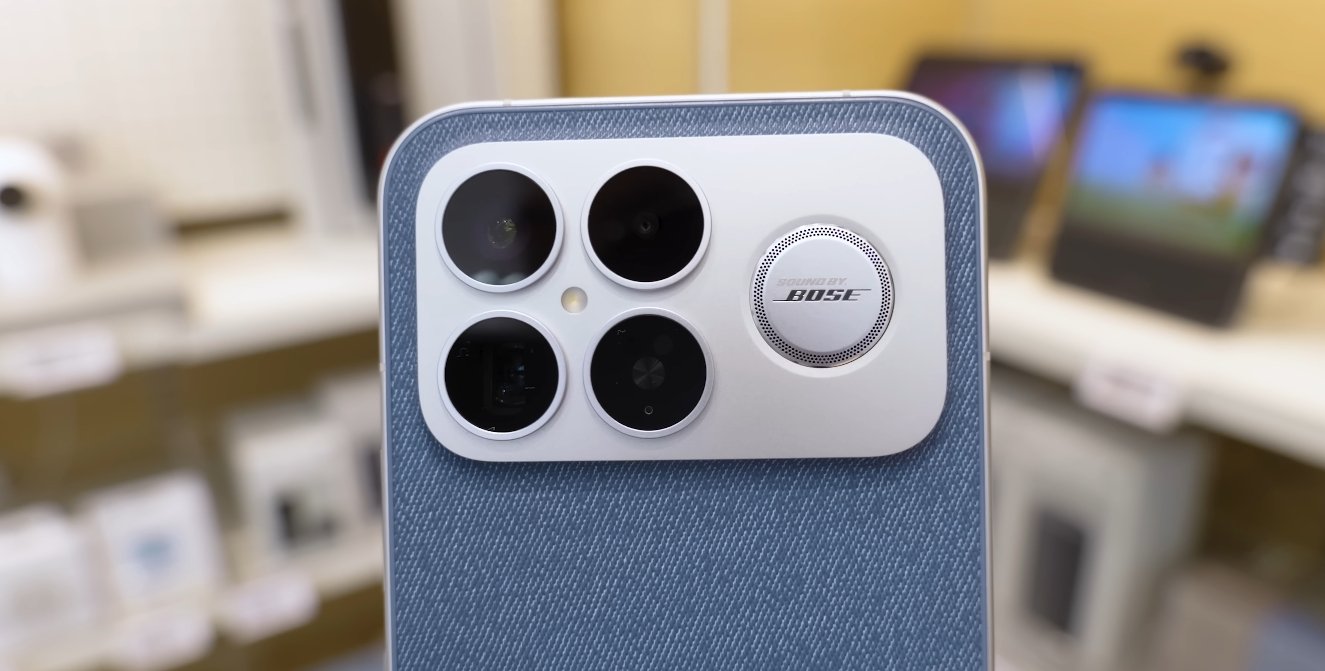UK Users’ Verdict on HyperOS 3 in the Redmi K90 Pro Max
The Redmi K90 Pro Max brings Xiaomi’s latest HyperOS 3 interface to a global audience, including the United Kingdom, where smartphone buyers are increasingly mixing premium expectations with practical affordability. With its updated UI, Xiaomi promises smoother animations, deeper integration across its ecosystem, and a more refined experience overall. But how do UK users actually feel about HyperOS 3 on the K90 Pro Max in daily use? Feedback from early adopters, tech enthusiasts, and general consumers reveals a mixture of praise and practical caution.
Across most user impressions, the biggest compliment HyperOS 3 receives is its noticeable improvement in speed and fluidity compared to the old MIUI interface. Transitions between apps feel faster, gestures are more consistent, and the overall UI appears better optimized for high-refresh displays. The K90 Pro Max’s 144Hz AMOLED panel makes every swipe and scroll feel immediate and smooth. For many UK users, this combination of fast hardware and refined software brings the kind of responsiveness they typically associate with more expensive flagship phones.
The aesthetics of HyperOS 3 are also earning positive remarks. Xiaomi’s design shift toward cleaner layouts, rounded icons, and minimalistic menu structures gives the interface a fresher, more modern look. UK users have noted that it feels closer to a “stock Android” visual experience without losing Xiaomi’s distinct customization flavor. Themes, wallpapers, icon shapes, and widget placements are easily changeable, letting users personalize their devices without the bloat that older MIUI versions were often criticized for. In a market where style and clarity matter, these refinements have improved perceptions of Redmi’s premium-tier devices.

Integration within the Xiaomi ecosystem is another aspect UK users appreciate. Those who own multiple Xiaomi devices—like smartwatches, tablets, or home automation products—say that HyperOS 3 provides smoother syncing and cross-device functionality. Features such as “Xiaomi Connect” allow quick file sharing and notification syncing across devices, something users previously struggled with. In the UK, where many consumers are gradually building interconnected device networks, this ecosystem synergy makes the K90 Pro Max stand out as more than just a powerful smartphone—it becomes a control hub.
However, not everything about the experience is flawless. Some UK users have noted minor inconsistencies in app responsiveness, particularly with third-party applications that rely heavily on background processes. A few early adopters reported that battery optimization settings occasionally interfere with app notifications, requiring manual adjustments. These are small issues, but they reveal that HyperOS 3, while polished, still has areas that need fine-tuning for Western software behavior.
Another recurring point among UK buyers is the uncertainty around regional compatibility. Because the Redmi K90 Pro Max is not yet officially released in the UK, imported models may ship with global firmware rather than a UK-optimized version. This can affect features like Wi-Fi calling, 5G network prioritization, or carrier-specific optimizations. While the phone performs perfectly fine on major UK networks such as EE, Vodafone, and O2, not all users get consistent access to network-driven perks. This gap can slightly reduce the experience for users expecting out-of-the-box compatibility with British carriers.
Update reliability is also a topic of discussion. UK users note that while Xiaomi’s new update schedule promises faster patches, imported phones occasionally receive updates later than regional models. The K90 Pro Max’s hardware easily supports multiple Android generations, but buyers value timely updates for security and bug fixes. So far, feedback suggests that HyperOS 3 updates have been stable, but the speed of delivery can vary depending on the origin of the device.
From a usability perspective, most UK users agree that HyperOS 3 feels lighter and less intrusive than older versions. The interface no longer overwhelms with redundant system apps or ad-heavy menus, a major improvement that has reshaped Xiaomi’s reputation among British users. Notifications, privacy permissions, and app management are now better aligned with Western preferences. This makes the Redmi K90 Pro Max not only a high-performance phone but also a more user-friendly one for those accustomed to simpler Android experiences.
Overall, HyperOS 3 on the Redmi K90 Pro Max leaves a strong impression among UK users. It combines the speed, style, and customization power of Xiaomi’s legacy with a newfound maturity in usability. For tech-savvy users who don’t mind importing the phone, the experience feels polished and rewarding. However, those who prioritize full carrier support, instant updates, or official UK service coverage may need to weigh those factors carefully before purchasing.
In conclusion, UK users rate the UI experience of the Redmi K90 Pro Max under HyperOS 3 as one of the best refinements Xiaomi has achieved in years. It delivers smooth animations, premium aesthetics, and functional ecosystem links—all packed in an interface that finally feels stable and user-centric. The only real drawbacks lie in regional limitations and firmware update timing. For British buyers seeking flagship-level UI fluidity without flagship-level pricing, the Redmi K90 Pro Max running HyperOS 3 presents one of the most compelling options currently available through international import.

